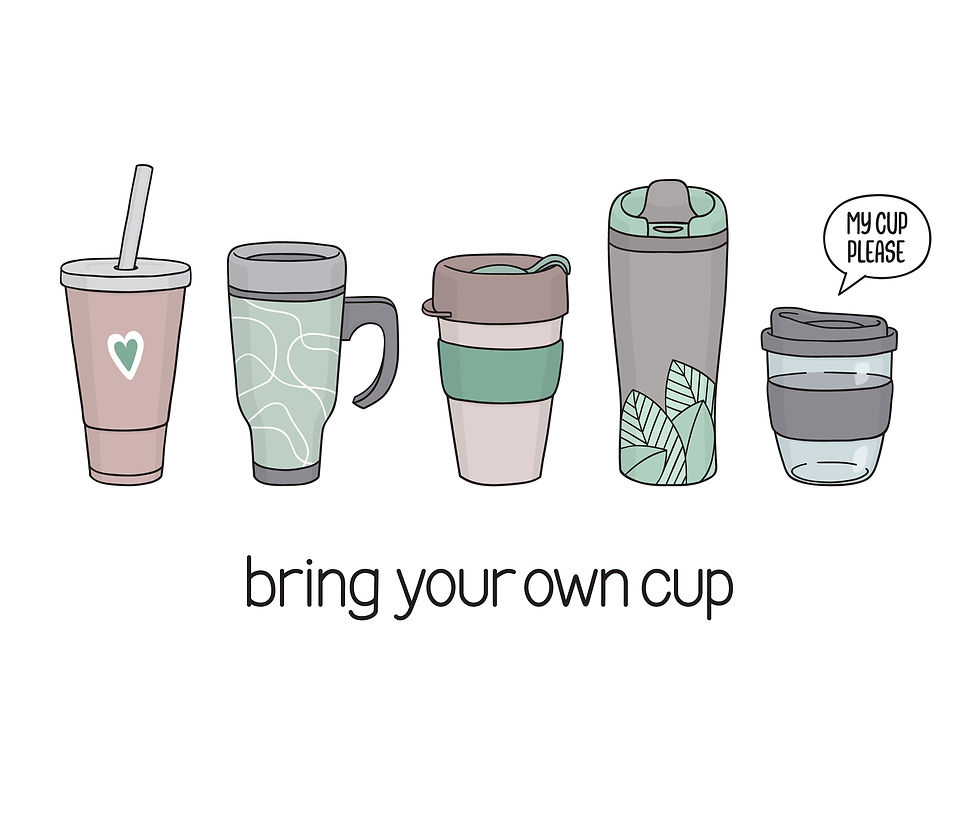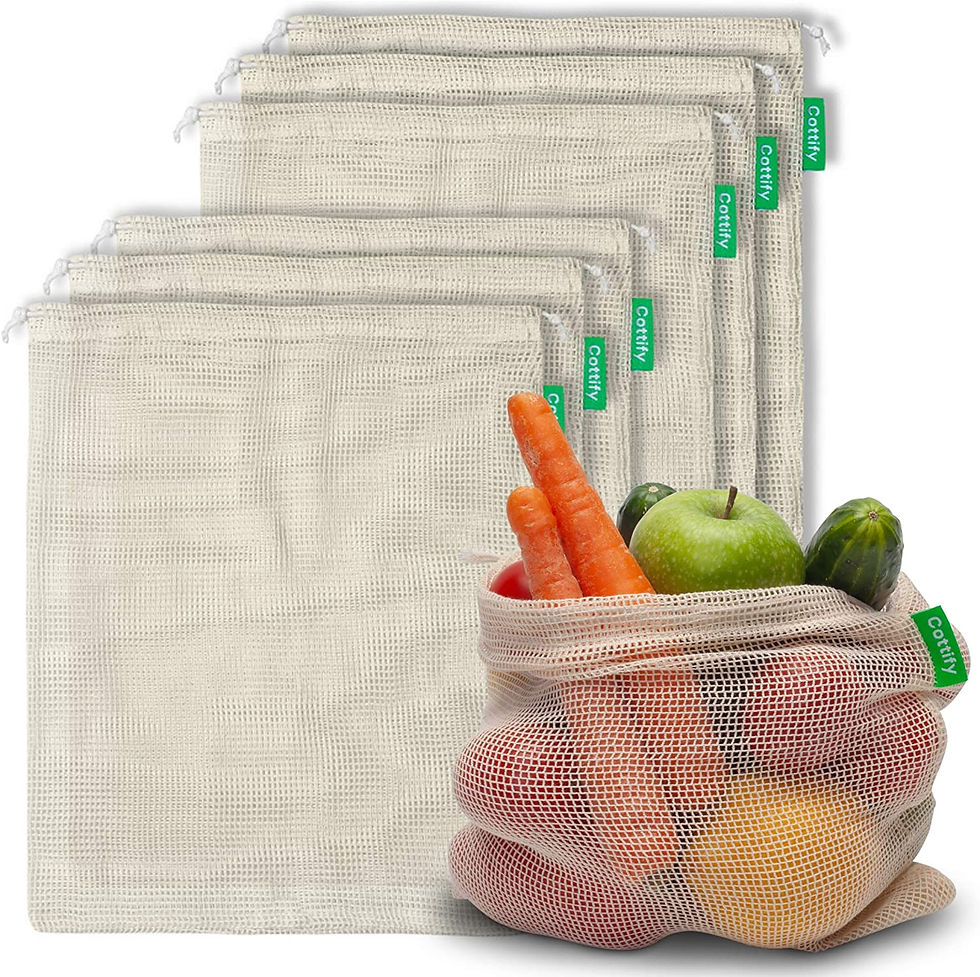by Suzanne Wentley

This article includes affiliate links.
It’s true that I have some “out there” friends, but one in particular has an especially passionate theory that the root of all evil is plastic. He’s plastic-free, to the extreme.
Now, I’m not so interested in moral statements about any material, but I heard him out — not like I had any choice, of course. Some of my friends like to go on rants, and I’m there to listen. He had many reasons why we should avoid plastics at home and, well, anywhere.
First, plastics take literally forever to biodegrade. When they do start to break down, they become what’s known as microplastics, which pollute the oceans and our environment and serve as deadly snacks for wildlife. A National Academy of Sciences study found that 90% of all shorebirds had plastic in their guts.
Second, you don’t have to travel around Asia or South America to know that plastics are the main form of litter. I lived in Malaysia for a while and once ordered a coffee to-go from a street stand. The person who took my order poured the coffee into a plastic bag, inserted a plastic straw, and secured it with a plastic clip. Then, in the blink of an eye, she put that plastic bag of coffee into another plastic bag. All that waste — and I finished my coffee in mere minutes.
You may be surprised by how much plastic you use at home. Check out this online plastic use calculator to figure it out.
You may think you’re OK if you try to recycle, but that’s also worth another look. Not every community even has a recycling program, and those that do can’t do much with the materials if there isn’t a viable secondary market. There’s a reason there’s a trash island in the Pacific Ocean twice the size of Texas. It’s all that plastic that never got recycled.
My friend went on (and on), and in some ways, he’s right: It’s better to reduce plastics at home and when on the go. Here are some smart sustainability tips I’ve picked up over the years that can inspire you to avoid all that big, bad plastic at home.
Invest in Reusables
Plastic is a material of convenience, so the best way to go plastic-free is to invest in higher-quality products that you can use repeatedly. Not only do glass and other fabrics last longer without worrying about degradation, but these items are simply more luxurious. When you invest in reusables, you’re also investing in living a classier life.
Grocery Bags
By far, my favorite bag that I take to the farmer’s market isn’t a bag at all, really. It’s a hardy, wicker basket that is handmade and sturdy. My friend gave it to me as a gift: It’s got leather-wrapped handles and a purple stripe around the middle.
Anything I want to buy that doesn’t fit in my big basket can fit in a cloth bag. I personally love my Eno bag that stuffs into its own sack. It comes with long handles that make it easier to sling over my shoulder.
Produce Bags
But moving the stuff from the store to my vehicle isn’t the only time I need a bag at the grocery store. I also invested in smaller, mesh bags that serve as reusable produce bags. These go with me to the store whenever I’m buying fresh fruits and vegetables, which is every time I go shopping.

Just because those flimsy plastic bags in the produce section claim to be biodegradable doesn’t mean that’s actually happening. I know I don’t lay the bags out in my backyard and let the sun break them down. That’s not what happens at the landfill, either.
Glass Storage Containers
Maybe this sounds like my plastic-hating friend, but I have an issue with all those plastic food storage containers. You know, the ones where the lids always go missing so you just keep adding to the pile in your cabinets? Surely, I’m not the only one with a completely out-of-control cabinet filled with a precariously towering stack.
It felt like a minimalist gift to myself when I purchased a simple set of glass food storage containers with silicone lids. Now, instead of an overflowing pile of plastic, I have a choice of high-quality containers each with its own obvious lid.
BYO Straw
If you have sensitive lips or just prefer a straw for your drinks, get yourself a reusable one you can bring with you wherever you go. You’ll have a choice of plenty of materials, such as metal, bamboo, and silicone.
Once you own your straws, you’ll have to get used to ordering drinks proactively without one. When a waitress delivers a straw, even when it’s still wrapped in paper and you don’t touch it, it’s likely going straight into the garbage. Avoid plastic waste and inspire others toward sustainability by saying, “And no straw, please.”
Check Your Package at the Door
It’s shocking the number of items for sale in a store that already come wrapped in plastic. Being plastic-free involves a commitment to make your purchasing decisions with packaging in mind.
Buy in Bulk
You may have a store near you that specializes in bulk food, allowing you to take your cleaned and reused glass jars to fill up on staples like rice, lentils, nuts, and cereals. I personally love the look of my pantry without all the advertisements on the packages. Not only do I do away with a lot of plastic, but putting food in my own jars helps me make smarter food choices. Those ads on bags — “whole grains!” or “now with less sugar!” — are designed to make you eat more.
However, be aware that some bulk can have even more plastic. Bulk foods at Costco and other big box stores can be individually wrapped within a bigger plastic-wrapped box.
Tea Bags
Some tea bags come in a box that is wrapped in cellophane, and then each individual tea bag is also wrapped in plastic. The tag may be made of plastic, and the bag itself may have plastic woven into it. All that for a cup of tea!
Look for the brand Celestial Seasonings. Not only does the company have lots of yummy flavors, but they also use as little plastic as possible.
Shampoo, Conditioner, and Other Bottles
When I travel, I purchase shampoo and conditioner solid bars because I won’t have to worry about the plastic bottle exploding due to pressure change. I use facial soap that’s in a bar form instead of a plastic pump, and I invest in lovely handmade soaps for my body. I can still get just as clean without having to buy any plastic at all.
It can take some experimentation to determine which plastic-free clean beauty products are best for you, but it’s worth it. Waste experts estimate that 550 million empty shampoo bottles are thrown away every year in America.
Rethink Everyday Products
Once we get set on a certain brand, it’s easy to put that purchase on autopilot. But you may be surprised to realize how much plastic you’re buying without even thinking about it.
Menstrual Items
Of course, menstrual items are an individual choice. But just one used sanitary napkin will clog up a landfill just as long as a plastic diaper will. It takes literally five seconds from unwrapping to chucking a plastic applicator for a tampon. There are better options.
I’m a big fan of menstrual cups. Yes, they’re not plastic-free, but I’ve used mine for the last five years along with a cloth sanitary pad that can be thrown in the washing machine. Yes, it can be a little awkward to use at first, but it doesn’t take long to get the hang of it. Now, my period is often a non-event, with me emptying my cup just two or three times a day. (The DivaCup is a popular BPA-free option.)
Other Bathroom Buys
For sanitation purposes, at some point, manufacturers started making everything for the bathroom in plastic. But if you invest in a product, you’ll save money and landfill space.
Some ideas for sustainability include:
Buying a metal razor with replaceable blades
Choosing a bamboo toothbrush, which can burn in your fireplace
Use dry toothpaste or make your own with coconut oil, a little baking soda, and a couple of drops of essential oil
Get Mindful to Get Plastic-Free
The key to sustainability at home and even when you’re on the go is being prepared. This can make for a better experience, too. For example, let’s say you’re going out for takeaway food. Do you really want that plastic spork they give you? A better option is to refuse the plastic and pack a set of metal utensils wrapped in a cloth napkin.
These plastic-free items you buy once and wash don’t have to be expensive, but they will upgrade your home and life. No, plastic isn’t evil, like my friend says. But it’s insidious, and you have the power to say no to plastics and choose sustainability instead.
Conscious Living is a Lifestyle. Download our guide with 25 Ways to Reduce Your Carbon Footprint
Comments